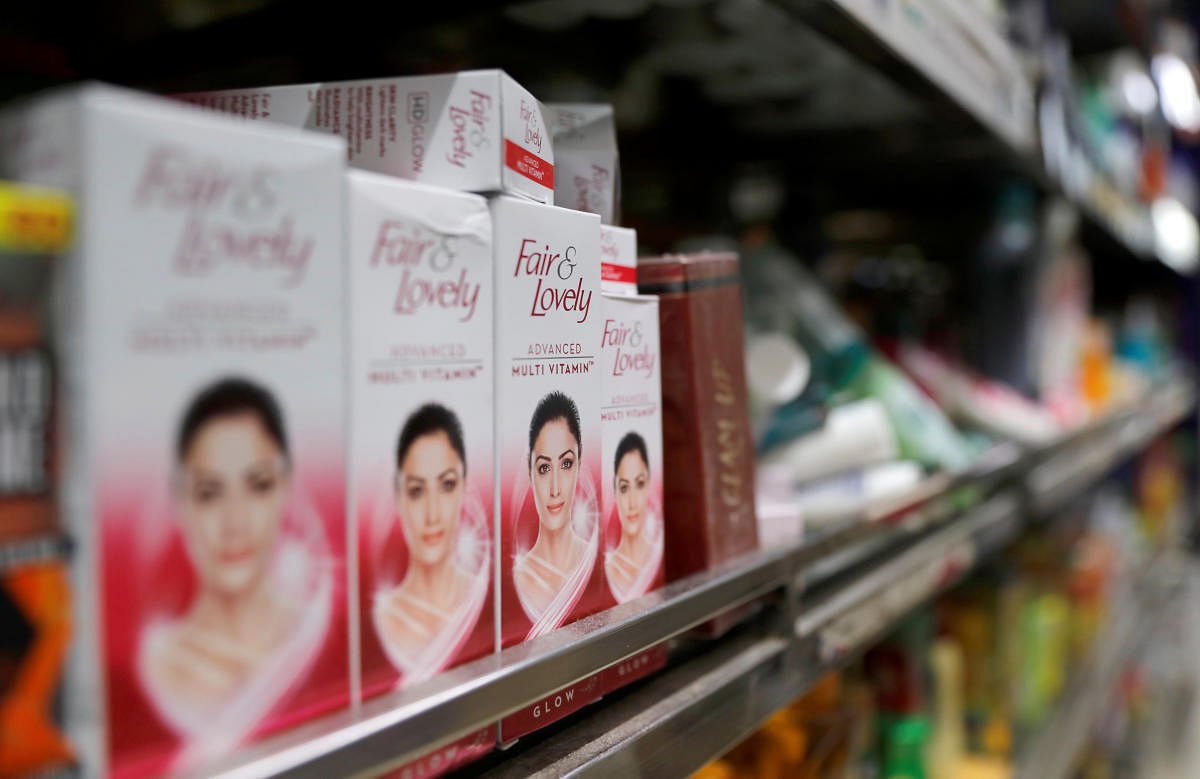
So, Hindustan Unilever (HUL) is dropping ‘Fair’ from the name of its iconic brand ‘Fair & Lovely’. To showcase a more “inclusive vision of beauty”, as a company statement said. This is a move 45 years in the making. Now, the brand is set to become ‘Glow & Lovely’, if reports in the media are anything to go by.
Instead of equating beauty, success and all things aspirational with ‘fair/fairness’, ‘white/whitening’ and ‘light/lightening’, we will be encouraged to apply a cream that helps us ‘glow’. The more you glow, the more you grow. Get it?
Performative activism
Is this performative activism? More likely, this is a token acknowledgment of the changes wrought about by the Black Lives Matter movement in the US. There, companies have been forced to quickly change their branding and image to continue to do business. Especially those in the fashion and beauty sectors.
In India, for years, there have been campaigns and movements (Dark is Beautiful or DISB began in 2009) calling out ‘Fair & Lovely’ for its ‘racist’ and ‘colourism’-oriented messaging. Last year, DISB launched a new video – with long-time associate/activist Nandita Das and others like Ratna Pathak Shah, Ali Fazal, Radhika Apte, Swara Bhasker and Vikrant Massey – with the tagline ‘India’s Got Colour’
However, in February this year, the Health and Family Welfare Ministry proposed a draft amendment to the Drugs and Magic Remedies (Objectionable Advertisements Act, 1954). Advertisements promoting fair skin, sexual enhancement etc., are set to attract a five-year jail term and a fine of up to Rs 50 lakh. But this is still a proposed amendment.
No wonder then that Unilever (the British-Dutch multinational parent company) is now more mindful of its imaging in the Indian sub-continent and further.
While the name change is a step in the right direction, only the name is changing. The formulation will apparently stay the same. Not surprising. After all, ‘Fair & Lovely’ is part of a winning formula. It is the “leading fairness cream brand in India”, controlling a “third of the segment”, as a news report puts it. The brand brings in Rs 2,000 crore in annual revenues.
Colourism inside our collective consciousness
But the longing for lighter skin is all-pervasive in the Indian psyche. That may well boost the earnings of ‘Made in Bharat’ Patanjali Ayurved. The desi company promises to bestow both atma nirbharta and fairness on desh-bhakts through its ‘Soundarya Swarna Kranti’ fairness cream, Rs 999 for 50 gm. Compare this to ‘Fair & Lovely’ which is Rs 97 for 50 gms! But then, Forest Essentials has a ‘Soundarya Radiance Cream’ with 24 K gold that is Rs 4,800 for 50 gm.
Meaning, ‘Fair & Lovely’ is but one aspect of the colourism inside our collective consciousness. The truth is, each of us has a colour-related story, independent of gender. Perhaps our parents have as well. And their parents too. For generations, we have been told that the shade of our skin is to be equated with our successes and failures. Popular culture reinforces that message through the films we see, the advertisements we are bombarded with, the stories we are told.
So yes, we may spout the need to recognise ‘inner beauty’, but we will continue to apply ubtans (scrubs or soaps or masks) and other radiance-inducing potions on ourselves and our children. And we may well reject the repackaged ‘Glow & Lovely’. But consider this: The ‘India’s Got Colour’ video got 466,775 views. Top-rated YouTube videos for fairness and skin-whitening routinely attract 1 million views upwards. One titled ‘feet-whitening pedicure’ has 23 million views!
‘Fair & Lovely’ used to come with a shade card (depicting the degrees of lightness/fairness achieved with regular use). That card may or may not exist in the re-branded version.
But what about the shade card inside us?
(Divya Sreedharan has over 20 years' experience working across newspapers, magazines and digital media. She writes/blogs on gender, ageing and urban lifestyles and also teaches journalism)
Disclaimer: The views expressed above are the author’s own. They do not necessarily reflect the views of DH.